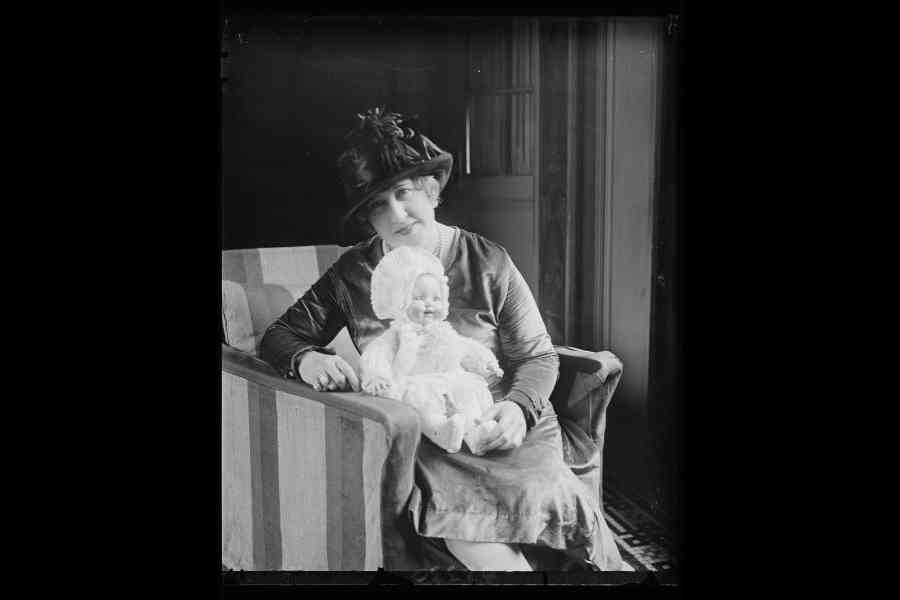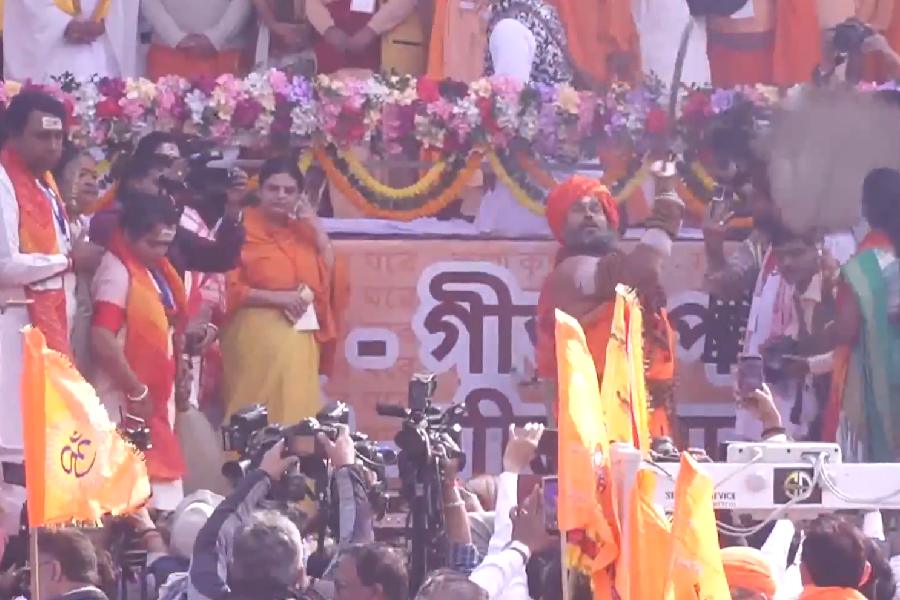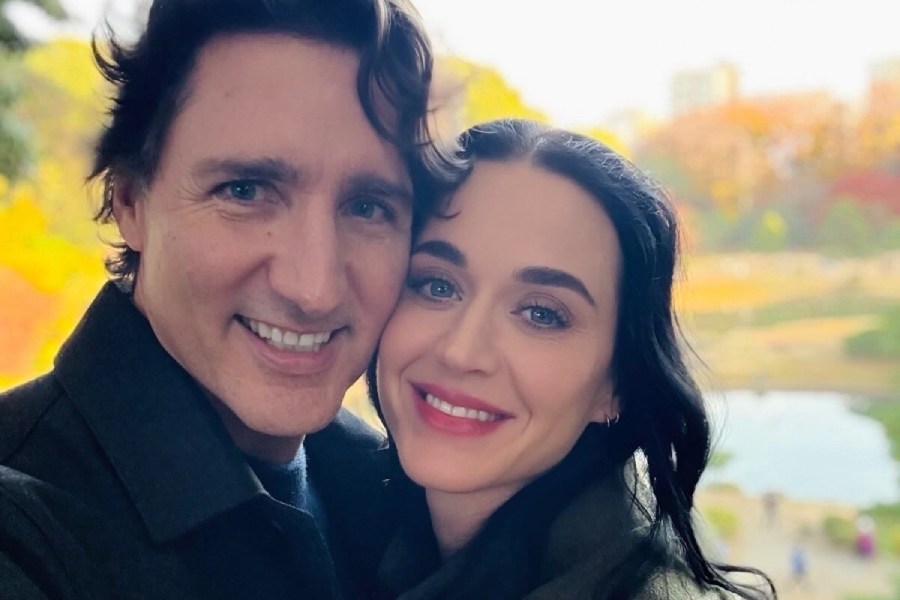From the time Beulah Henry was a child in the late 19th century, she dreamed of ways to make life easier. That impulse would eventually drive her to secure dozens of patents and would earn her a nickname: Lady Edison.
When she died in the early 1970s, she held far more patents than any other woman, according to the US Patent and Trademark Office, and in 2006 she was inducted into the National Inventors Hall of Fame for her contributions to technological innovation.
“I invent because I cannot help it,” she often said. “New things just thrust themselves upon me.”
Her first prototype, when she was nine, was for a mechanism that would allow a man to tip his hat to a passerby while holding a newspaper.
The visions kept coming. In 1912, while she was in college, she received her first patent (No. 1,037,762) for an ice cream-maker that functioned with minimal ice, something that was in short supply at the time. It was not a commercial success, but that did not stop her from dreaming up other innovations.
Anything and everything seemed to interest her: toys, typewriters, sewing machines, coffeepots, hair curlers, can openers, mailing envelopes. Her achievements were all the more remarkable because she had no knowledge of mechanics and lacked the technical vocabulary to describe what she was trying to do.
Working out of a series of hotel suites — one reporter who visited described what he saw as resembling a boudoir more than a place of business — she hired model-makers, draughtsmen and patent lawyers to realise her visions. Sometimes she sold her ideas to manufacturers, who then applied for their own patents.
Henry could see the finished product in her head, she said, “as clearly as you see a book or a picture or a flower held up before you”. Her challenge was to communicate that vision clearly enough so that others could bring it to reality.
Beulah Louise Henry was born on September 28, 1887, in Raleigh in the state of North Carolina, US. Her father, Walter Henry, was an art connoisseur and collector who was active in local Democratic politics. Her mother, Beulah (Williamson) Henry, was an artist. Her brother, Peyton, was a songwriter.
Henry claimed to be descended from Benjamin Harrison, the 23rd president of the United States, and from Revolutionary War hero Patrick Henry.
In interviews, she said her ability to invent may have been influenced by a neurological condition called synaesthesia, in which unrelated senses are linked; certain sounds or tastes may call to mind particular colours, for example. “I have it 1 million per cent,” she would say.
After graduating from Elizabeth College in Charlotte, North Carolina, she moved with her mother to New York City to pursue her inventing career.
One idea involved a parasol with snap-on covers in various colours that could be changed to match a woman’s outfit. It wasn’t an easy sell.
One after another, experts told her it can’t be done, she was quoted as saying in The Raleigh News and Observer in 1923. “But I knew it could be done.”
The final result, described in the press as “a miracle for the smart milady”, was so popular that she established the Henry Umbrella and Parasol Co. to make and market her creation. Lord & Taylor displayed the parasols in its windows, and they sold by the thousands.
For a while, Henry put her energy into reinventing children’s toys, primarily dolls. She used springs and tubes to make them kick, blink and cry; she put a radio inside one. Her most popular creation was the Miss Illusion Doll, with eyes that changed colour to match its wigs. She also created a plush toy cow called Milka-Moo, which dispensed milk and had a secret compartment for a bar of soap.
Later, she turned to typewriters. Of the 10 or so related patents she received, the most impressive was perhaps the “protograph” (No. 1,874,749), an attachment that produced multiple copies of a document without carbon paper.
She would “just look at something and think, ‘There’s a better way of doing that,’ and the idea comes to me,” Henry said.
In 1941, she took a long look at sewing machines and invented the Double Chain Stitch Sewing Machine (No. 2,230,896), which functioned without the bobbins that seamstresses had to periodically stop and change.
She also found a way to make cooking easier. For years, she said, “the percolator on the coffeepot said to me, ‘Do something with me,’ but I didn’t know what. And then one day when I was basting a roast, I knew what I had to do with that percolator. I worked out a device that percolates the juice in a roaster and bastes the meat continuously by itself.”
She received the patent for it in 1962.
Henry offered a mystical explanation for her compulsions. “I have come to believe in spirit control,” she told The News Tribune in Tacoma, Washington, in 1939. “And I’m sure that the ideas that flock into my mind in the early hours of the morning are messages from a guiding spirit.”
She was 85 when she died in February 1973, with her 49th and final patent — the nature of it is lost to time — pending.
NYTNS










